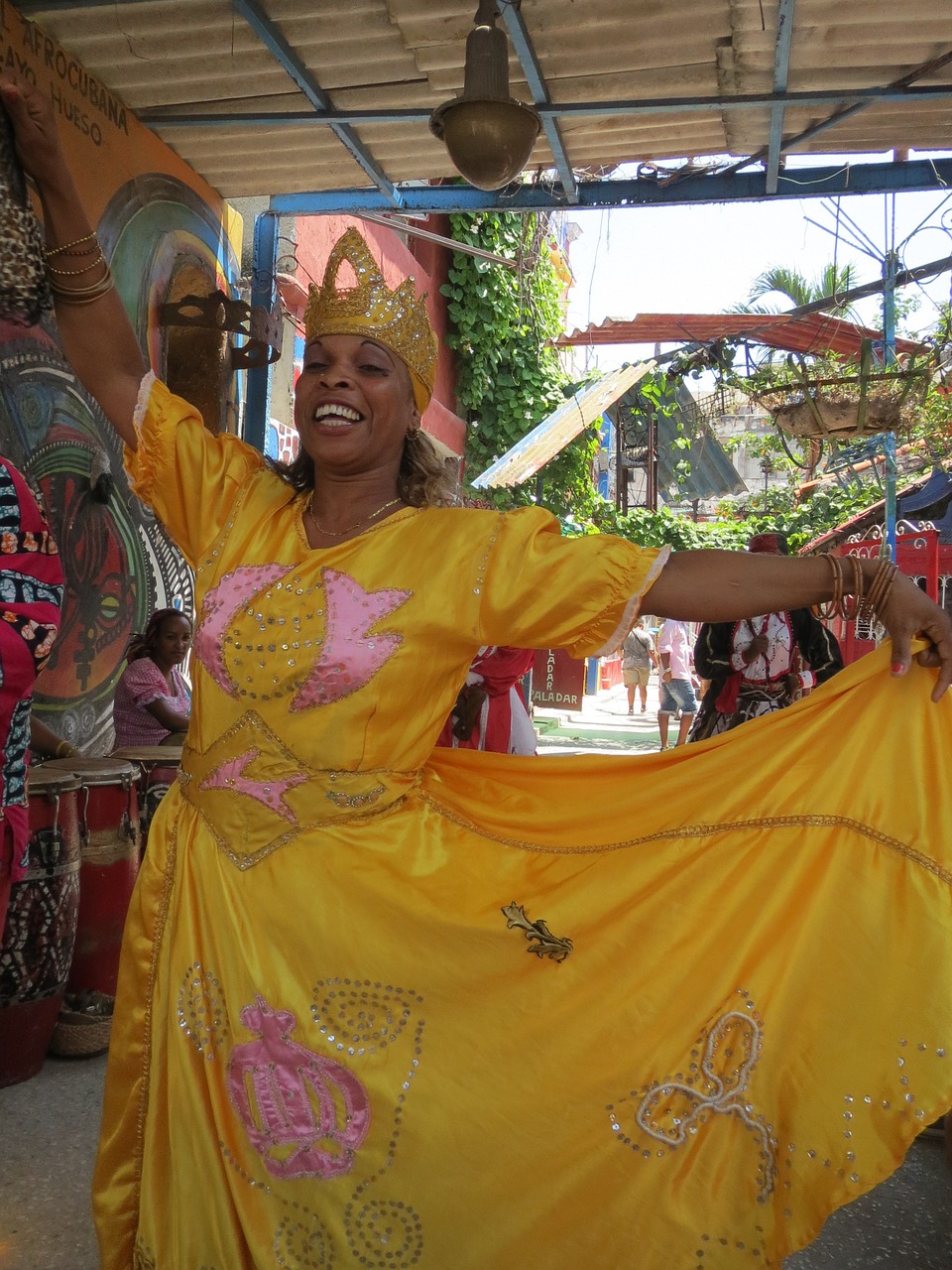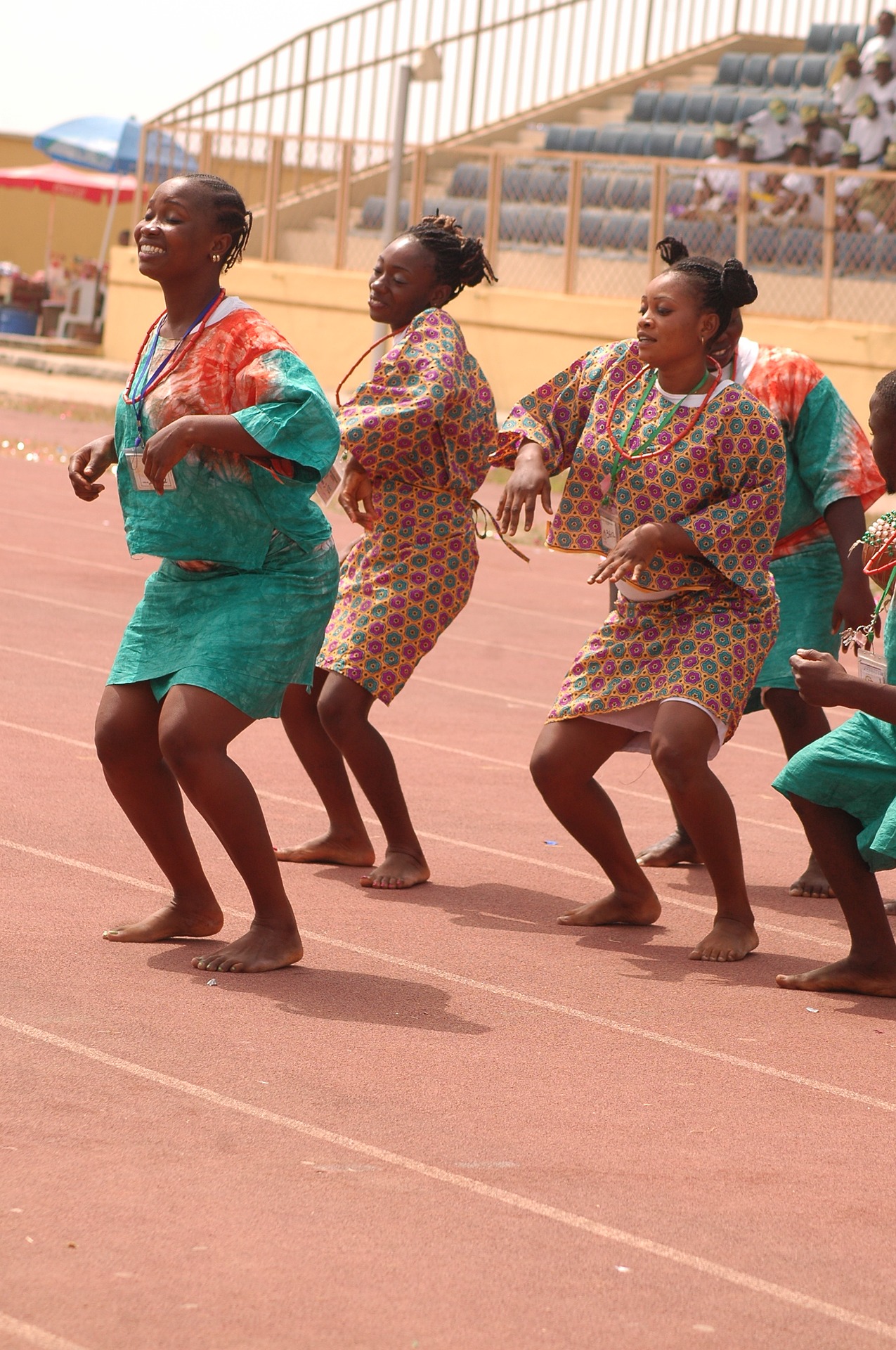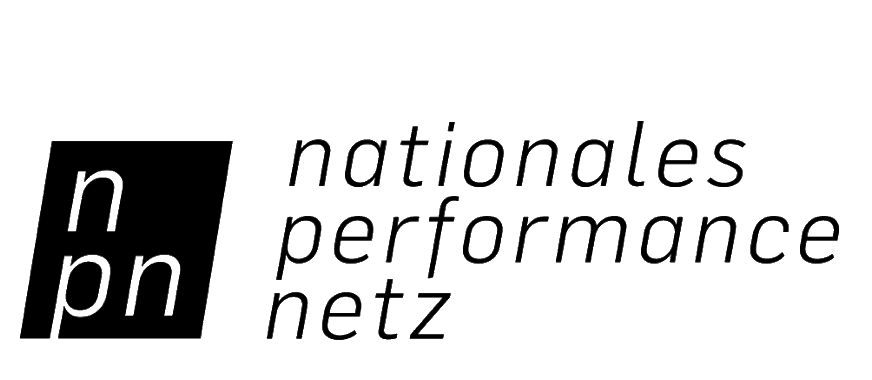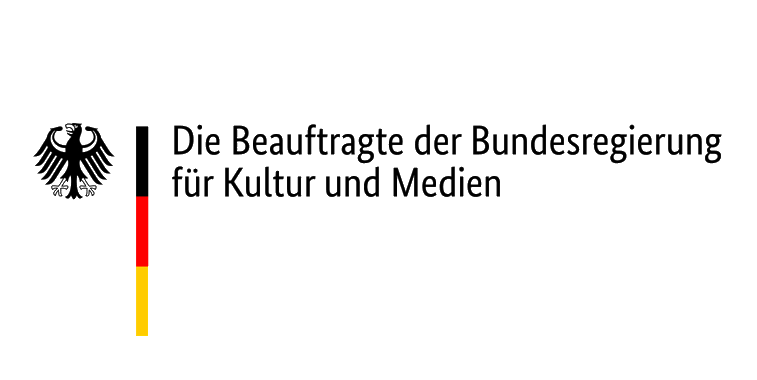Christelle Kamanan Artistic Profile
Research
“the Transatlantic cultural Memory”
It is often said that Caribbean, or even dances from the Americas, such as dancehall, salsa or breakdance stem from African culture. Christelle Kamanans research project, “The Transatlantic Cultural Memory '' questions how this transmission happened? She asks what these african cultural roots look like, how they have kept on living until today and where this cultural legacy is still observed?
Christelle began this journey about 10 years ago while studying Languages and Civilisations. Later, it became more empiric through her practice of Afro-Cuban dance, simultaneously resurfacing her West African move practices. By navigating herself through her personal cultural legacy she expanded her research to the Caribbean and the Americas.
This project is an invitation to travel through time, history and across the rivers of the Atlantic Ocean.
Historical background to find in the presented results;
The Transatlantic human trade and enslavement are the key focus explaining this cultural transportation.
However, I also look at the period of time before that to overview the already existing cultural practices.
Then, it briefly goes to the XXth century to end with what can be observed now.
Map of Slave Trade from Africa to the Americas 1650-1860
Geographical area of focus of the current results;
On one hand, the Atlantic African coast from Senegal until Angola, with spotlights on:
- the Ivory Coast/Ghana area
- Benin/Nigeria area
- and Angola/DRC/Congo area (former Kingdom of Kongo)
On the other hand:
- Salvador de Baiha (Brazil)
- Cuba
- San Basilio de Palenque (Colombia)
- New Orleans, Louisiana (USA)
- Haïti
- Martinique/Guadeloupe (France)
These countries are said to hold the largest African descendant’s population outside of Africa. Martinique & Guadeloupe is particularly interesting being that they are territories of the EU.
In reflection of this concept one major question arises; How can transmission and learning happen, when there are no material archives available? The deported and enslaved people didn’t carry any belongings with them. So, what were their teachings? How did they share methods that they had brought from Africa? Indeed they were raised with the rich oral African traditions. This project introduces some of them.
- griot
What is a griot?
- storytelling
What is a storyteller and the difference with a griot?
- singing
- dancing (and other creative practices)
On the learning side, there are:
- peer-to-peer learning groups
- mentoring
- initiation groups
- repetition and memorising techniques
Organised groups enable one to get general knowledge and the most specific one, that should be passed on to the next generation.
Looking at it through music:
An interesting exhibition that I visited in Amsterdam a few years ago: Rythm and Roots at the Tropen Museum (Amsterdam).
Trailer (Dutch): https://youtu.be/GEILBLTgEsc
Interview with the Africa Curator of the Tropenmuseum: https://youtu.be/RN-_Rkuz5gY (Dutch with English automated subtitles)
From 3’15 to 4’12 she speaks about the travel of rumba between the Kingdom of Kongo and Cuba, then back to Congo.
Christelle Ahia Kamanan is a French and Ivorian creative, involved in writing and dancing. After Modern Jazz, hip hop dance, and Afro-Cuban dance, Christelle Ahia continues expanding her West African dance skills. She is the founder and editor of the cultural online media AMANIE, sharing artistic news from the worldwide African diaspora.
Read more on her website:
http://caml-k.com/
http://whenthedrumscall.info/
Christelle began this journey about 10 years ago while studying Languages and Civilisations. Later, it became more empiric through her practice of Afro-Cuban dance, simultaneously resurfacing her West African move practices. By navigating herself through her personal cultural legacy she expanded her research to the Caribbean and the Americas.
This project is an invitation to travel through time, history and across the rivers of the Atlantic Ocean.
Historical background to find in the presented results;
The Transatlantic human trade and enslavement are the key focus explaining this cultural transportation.
However, I also look at the period of time before that to overview the already existing cultural practices.
Then, it briefly goes to the XXth century to end with what can be observed now.
Map of Slave Trade from Africa to the Americas 1650-1860
Geographical area of focus of the current results;
On one hand, the Atlantic African coast from Senegal until Angola, with spotlights on:
- the Ivory Coast/Ghana area
- Benin/Nigeria area
- and Angola/DRC/Congo area (former Kingdom of Kongo)
On the other hand:
- Salvador de Baiha (Brazil)
- Cuba
- San Basilio de Palenque (Colombia)
- New Orleans, Louisiana (USA)
- Haïti
- Martinique/Guadeloupe (France)
These countries are said to hold the largest African descendant’s population outside of Africa. Martinique & Guadeloupe is particularly interesting being that they are territories of the EU.
In reflection of this concept one major question arises; How can transmission and learning happen, when there are no material archives available? The deported and enslaved people didn’t carry any belongings with them. So, what were their teachings? How did they share methods that they had brought from Africa? Indeed they were raised with the rich oral African traditions. This project introduces some of them.
- griot
What is a griot?
- storytelling
What is a storyteller and the difference with a griot?
- singing
- dancing (and other creative practices)
On the learning side, there are:
- peer-to-peer learning groups
- mentoring
- initiation groups
- repetition and memorising techniques
Organised groups enable one to get general knowledge and the most specific one, that should be passed on to the next generation.
Looking at it through music:
An interesting exhibition that I visited in Amsterdam a few years ago: Rythm and Roots at the Tropen Museum (Amsterdam).
Trailer (Dutch): https://youtu.be/GEILBLTgEsc
Interview with the Africa Curator of the Tropenmuseum: https://youtu.be/RN-_Rkuz5gY (Dutch with English automated subtitles)
From 3’15 to 4’12 she speaks about the travel of rumba between the Kingdom of Kongo and Cuba, then back to Congo.
Christelle Ahia Kamanan is a French and Ivorian creative, involved in writing and dancing. After Modern Jazz, hip hop dance, and Afro-Cuban dance, Christelle Ahia continues expanding her West African dance skills. She is the founder and editor of the cultural online media AMANIE, sharing artistic news from the worldwide African diaspora.
Read more on her website:
http://caml-k.com/
http://whenthedrumscall.info/

Cuban dancer
 Colombian dancers
Colombian dancers Yoruba dancers
Yoruba dancers Moving Margins Chapter II
moving arti|facts from the margins of dance archives
into accessible scores and formats



Supported by the NATIONAL PERFORMANCE NETWORK
- STEPPING OUT, funded by the Federal Government
Commissioner for Culture and Media within the
framework of the initiative NEUSTART KULTUR.
Assistance Program for Dance.
artistic researches
Supported by the NATIONAL PERFORMANCE NETWORK
- STEPPING OUT, funded by the Federal Government
Commissioner for Culture and Media within the
framework of the initiative NEUSTART KULTUR.
Assistance Program for Dance.
© 2021 All rights reserved to Sasha Portyannikova, Nitsan Margaliot and the interviewees.

